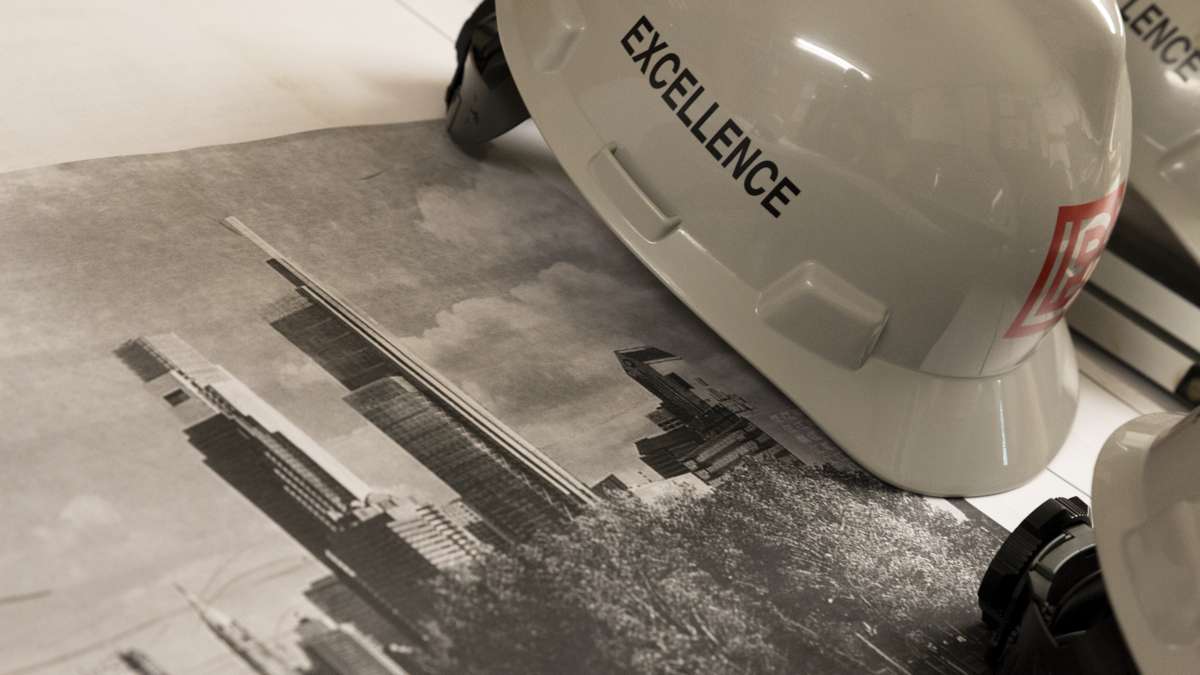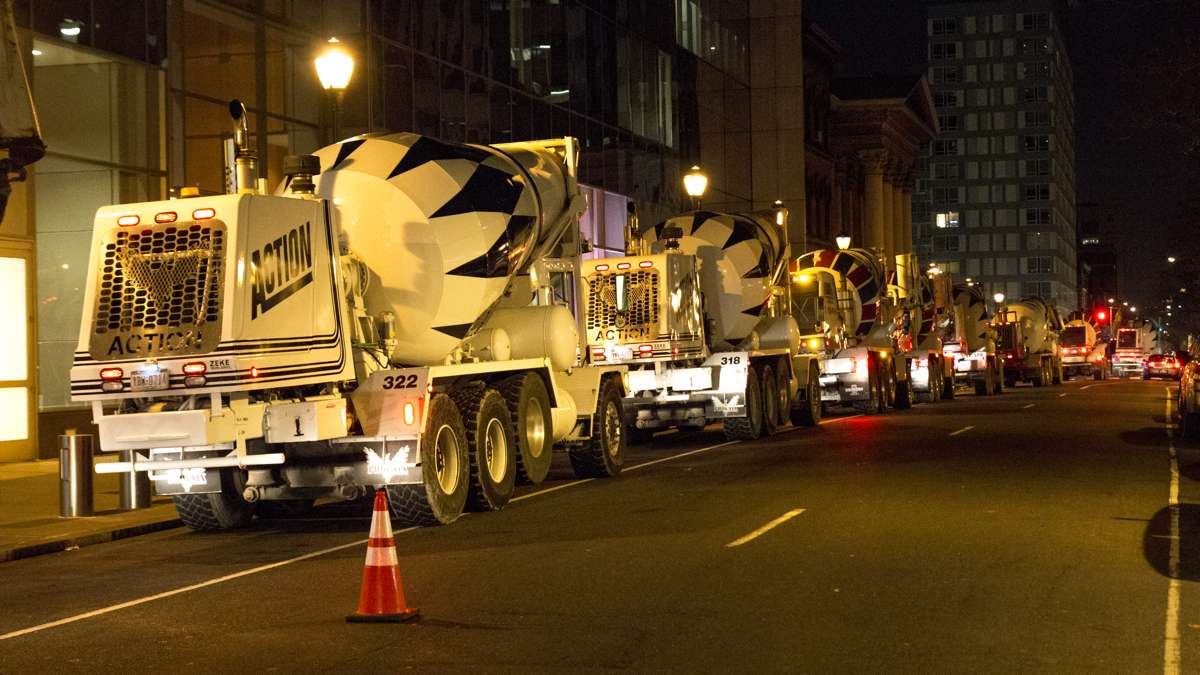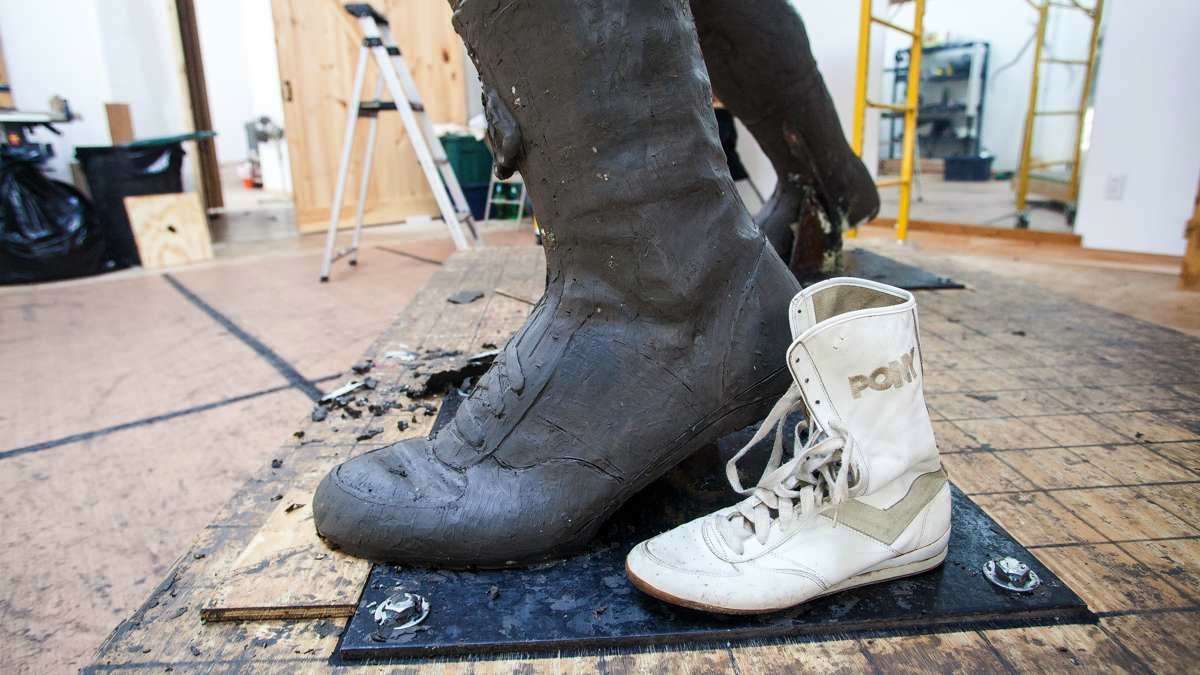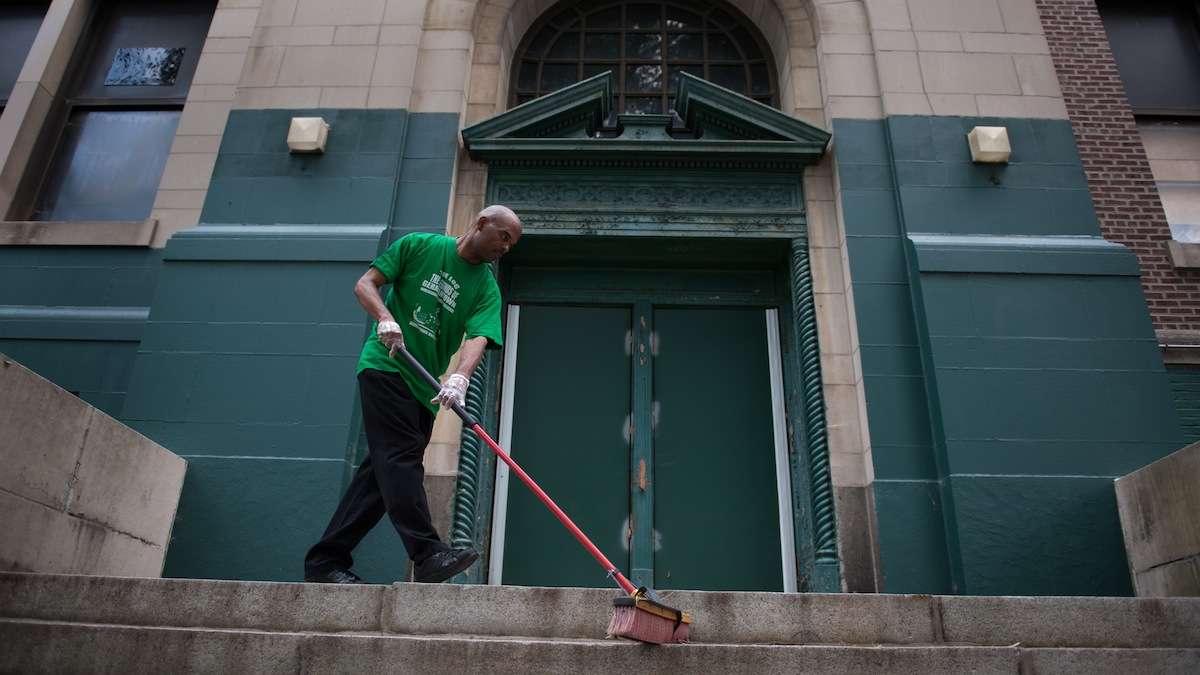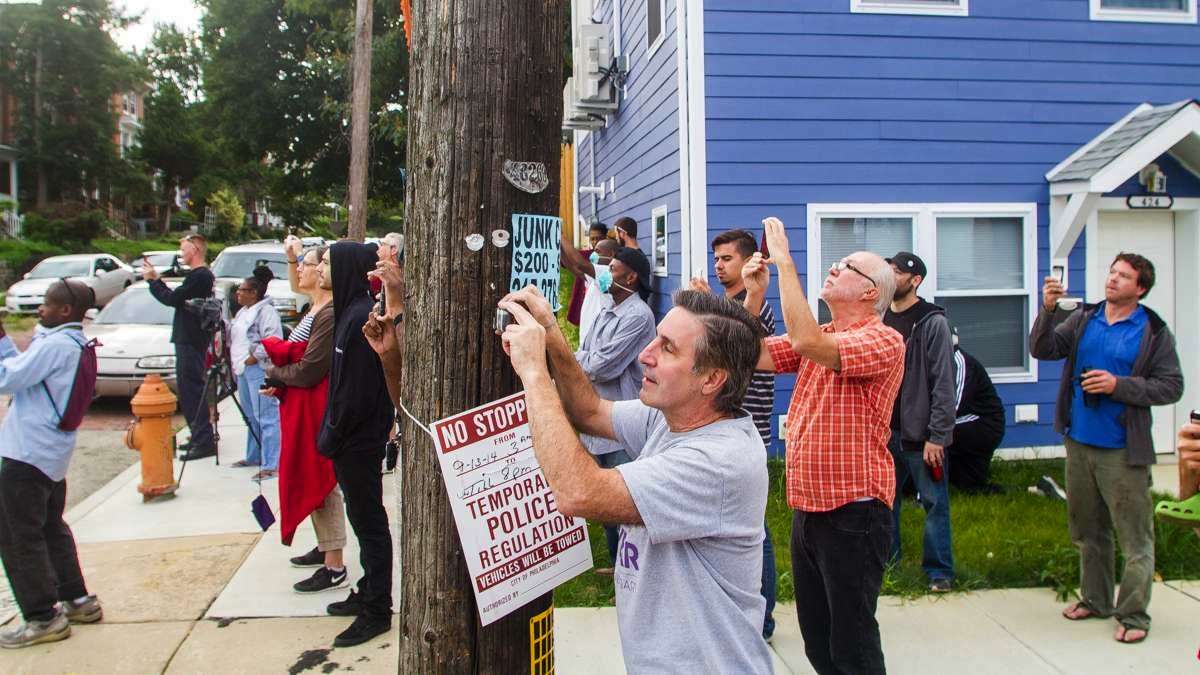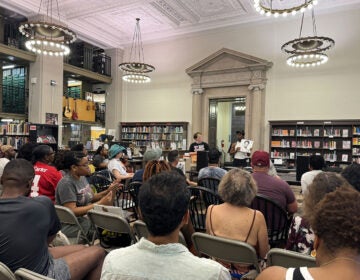PhillyU student gets a kickstart to create a replica Dark Knight ‘Bat Suit’
Under the name Armatus Designs, Philadelphia University student Jackson Gordon is creating quite a stir with his plans to design and build a fully functioning “Bat Suit.”
Gordon is now in the process of completing the third iteration prototype of the superhero-replica suit. A Kickstarter campaign for the project, which ended last week, exceeded its funding goal and will allow the final version to be constructed from top-grade materials, incorporating technologies such as Bluetooth and proximity sensors.
Through it all, Gordon nevertheless remains circumspect regarding any real-life application the suit may have, at least to his own life.
“People ask me all the time: ‘So you’re making a crime-fighting suit — are you going to fight crime? Obviously, no,'” he told NewsWorks.
“I think what most people miss about this project is that it’s not about the suit itself, but rather the design process,” he continued. “The process is what is most valued in the design field. With this project, I will be able to demonstrate my ability to take an idea through all stages of design, from concept to completed object.”
The idea
Gordon entered Philadelphia University this year as a freshman after transferring from Delaware County Community College.
Originally intending to study physics and environmental science, he left for Philadelphia University so he could major in industrial design.
Having had a serious interest in the character of Batman for two years, and seeking a suitably ambitious project to serve as the first entry in his design portfolio, the “Bat Suit” idea seemed to Gordon to be an ideal marriage of form and function.
Dark Knight as inspiration
Based on changes to an earlier suit design inspired by Christopher Nolan’s latest version of Batman, Gordon’s current project essentially answers — in eminently practical fashion — a question anyone who has ever experienced the character on page or screen has posed at least once.
To quote Jack Nicholson’s Joker: “Where does he get those wonderful toys?”
Explained Gordon, “Batman in the DC universe is really not a fighter, but rather a thinker. He is considered to be the master tactician.
“At the same time, he is a skilled martial artist that becomes a superhero. This project is about creating a real-world combat-oriented suit. It is something that an experienced martial artist would wear for full-body protection.”
Martial-arts design nuances
As Gordon further explained, a suit like Batman’s requires training in order to be used in the manner intended.
It is designed to protect the wearer in the practice of martial arts, but in the course of ordinary activities, it might leave the user vulnerable to attack.
For that simple reason, a suit like Batman’s is all about striking a balance between flexibility and mobility on the one hand, and protection on the other.
A designer must choose carefully where armor or padding is placed so that range of motion and dexterity is minimally affected, he said.
“Most suits of this type today can’t offer that superior level of comfort and flexibility,” said Gordon. “For a suit like this to be practical in martial arts application, it needs to be a complete single unit that conforms to the shape of the user’s body while at the same time offering a great deal of mobility.”
Real-world applications
A Philadelphia University industrial-design professor suggested there might be some applications for the suit in the mixed martial arts (so that combatants might be better protected) or for police and soldiers in hand-to-hand combat training.
However, Gordon suspects that the suit’s target user is the solo martial artist due to the design’s focus on the problem of maintaining mobility and flexibility over a wide range of combat situations.
“This suit is clearly comical in the sense that it is based on the character of Batman,” he said, “but I have been approached by people interested in seeing a scaled-back design more practically suited for security application.”
Process details
Gordon completed the first iteration of the prototype suit in mid-September.
He lacked sewing experience, so the first iterations primarily focused on acquiring design and sewing-pattern skills.
“I’ve been rushing to push these suits out,” said Gordon. “My sewing machine is at my parents’, so I’ve been working in three day bursts from home. Research and planning work includes sometimes one to two weeks of design and another week of testing.”
Now that the Kickstarter campaign has wrapped, Gordon is making plans for the construction of the final prototype.
His focus has shifted from the suit’s shape and fit, as well as materials used and their placement.
The suit, custom-fit to Gordon’s body, is made from a combination of synthetic fabrics that are durable and comfortable.
The parts not protected by padding or armor will be lined with Kevlar fabric. Sections subject to stretching and impact, such as those protecting the elbows and knees, will be covered by ballistic nylon.
The front portion of the suit, covering the ribcage and chest, will be protected by armor shaped from quarter-inch sheets of an industrial plastic called ABS.
The scallop or shell design of the armor allows for greater movement while also distributing force from blows to the body where the separate armor pieces overlap.
Gordon is also fabricating gauntlets and shin guards from the same material.
Padding which covers the sides, back, biceps, quads and other parts of the user’s body will be made from memory foam reinforced with Kevlar fabric.
The original design for the suit was only resistant to blows from fists or blunt objects, but the extra cash allowed for investment in Kevlar, which is also resistant to slashes from blades.
Finally, the helmet will be made from a process similar to fiberglassing, consisting of a combination of layers of 6D plastic and Kevlar. This is by far the most expensive single part of the suit, with the total cost of materials and production, including custom molds for shaping the helmet, exceeding $500.
Fundraising efforts
As of Monday afternoon, 17 individuals had made contributions to the Kickstarter campaign, bringing the total amount raised for the production of the suit, including family donations, to $1,557.
Since that’s more than $500 over the fundraising goal, extra cash is being used to purchase better materials for the linings of the suit.
Perhaps more importantly, however, Gordon will also be able to purchase materials to install a Bluetooth connection and proximity sensors in the helmet.
The former will allow Gordon hands-free access to a mobile device secured anywhere on the suit, while the latter, embedded in the rear of the helmet, will broadcast a type of sonar signal covering a 180 degree spread of up to 10 feet in distance and warning Gordon of anyone approaching from behind.
Nevertheless, as Gordon stressed, “The gadgets are all extra. They’re not part of the original design brief.”
It’s worth keeping in mind that Gordon’s work on the Bat Suit project has so far been entirely extracurricular in nature.
As he continues to refine the design in preparation for constructing the fourth and final prototype suit, Gordon hopes that the project will be completed by the end of Philadelphia University’s winter break in mid-January.
WHYY is your source for fact-based, in-depth journalism and information. As a nonprofit organization, we rely on financial support from readers like you. Please give today.



